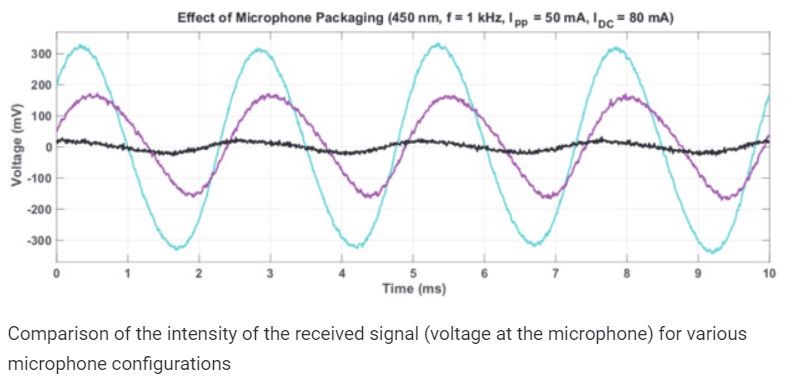The U.S. and Japanese engineers have shown that the laser beam can be used to transmit voice commands to smart speakers and other devices with microelectromechanical Microphones. For example, they showed this with the example of Tesla voice control and iPhone. The technique is based on the arousal of the vibrations of the microphone’s aperture with a powerful laser beam, which allows transmitting commands at a great distance.
Initially, voice assistants such as Siri and Google Now were used primarily to read facts from Wikipedia or weather forecast. Subsequently, the developers turned them into a much more powerful tool, allowing you to interact with third-party applications and smart home devices, for example, smart locks. And Google Assistant even knows how to independently record a user to the reception or answer calls. All of these features enhance the usability of voice assistants, but at the same time make them an attractive target for attackers.
It is quite difficult to directly hack voice assistants, and in this case, the vulnerability is likely to be quickly closed. Because of this, researchers are looking for alternative ways to gain access to voice assistants. One of the most original methods is to create sounds that are recognized by assistants because of the features of microphones or algorithms, although they are not audible to people.
However, even in such an attack, the attacker must be in close proximity to the device. Kevin Fu from the University of Michigan and his colleagues found that hearing-impaired commands can be remotely fed using a laser beam, the frequency of which corresponds to the frequency of the required sound. Engineers note that they cannot fully explain the mechanism by which microelectromechanical microphones perceive light like sound, but still found out what is at the heart of the there is an arousal of mechanical vibrations, not a photoelectric effect.
The authors conducted three experiments, during which they illuminated the microphone with a laser beam with a periodically changing intensity. In the first experiment, the microphone was left in its original form, in the second, engineers removed its external protection, and in the third, they filled the diaphragm with transparent glue, thereby fixing it and protecting it from mechanical vibrations. With each subsequent experiment, the intensity of the received signal decreased, and in the case of a fixed aperture, it was about 10% of the original. This indirectly shows that the nature of the effect is based on the excitation of mechanical vibrations of the diaphragm.
Researchers tested the method in various configurations. For example, they confirmed its performance on various smart speakers, smartphones, and even Tesla and Ford cars equipped with a voice control system. In addition, the engineers showed that lasers operating in the visible range and in the infrared can be used for attack, which increases its stealth. Finally, they conducted experiments at great distances and in real conditions, showing that the attack can be carried out not only in the laboratory.

In one experiment, they installed a compact laser emitter based on a laser pointer and a telephoto lens on a tower located near the office building. In one of the premises of the building, not far from the window, they placed a smart Google Home column. The distance between the laser and the speaker was 75 meters, and the emitter’s power was set at 5 milliwatts. As a result, the authors managed to transmit voice commands to the column with a laser, despite the fact that the column was outside the window with a double-window glass.
Optical data transmission using smart home devices has previously been used in the opposite direction. In 2018, U.S. researchers have shown that some smart lamps allow data to be transmitted using periodic flickers of the infrared emitter in them. This allows data to be transmitted through the window discreetly, even if the device is not connected to the internet.
